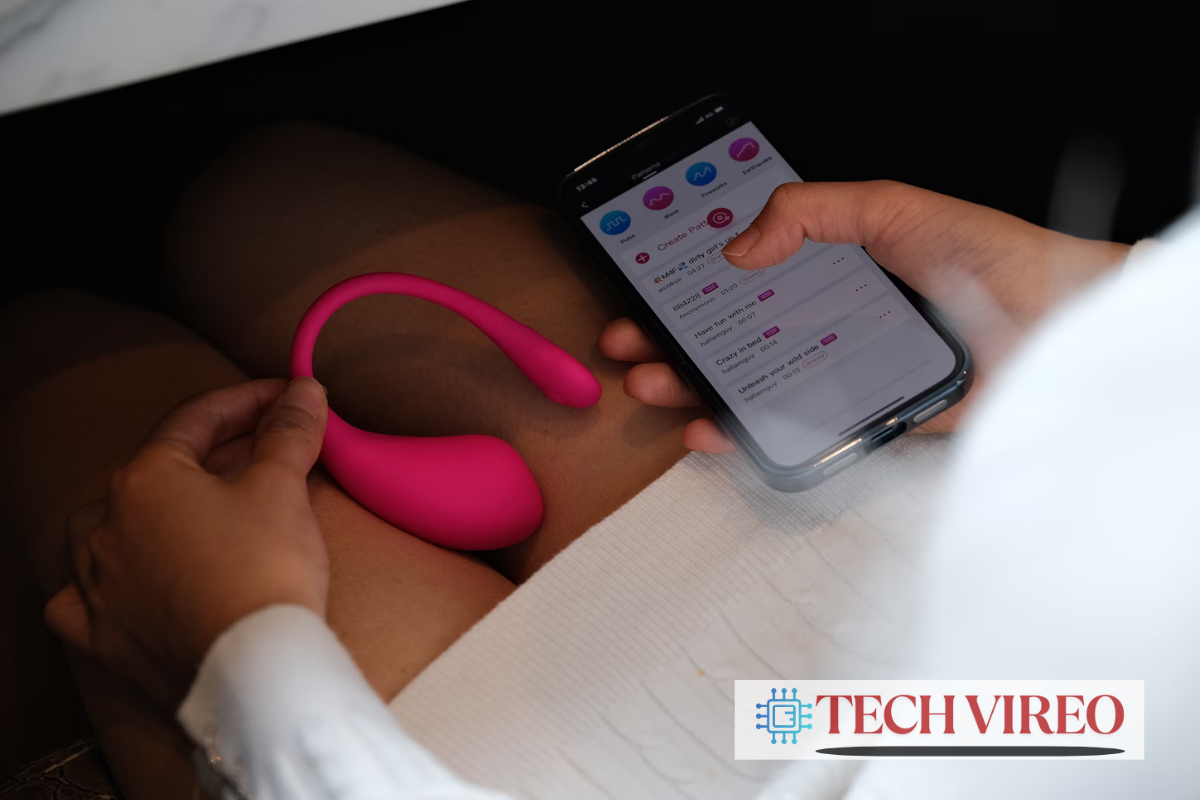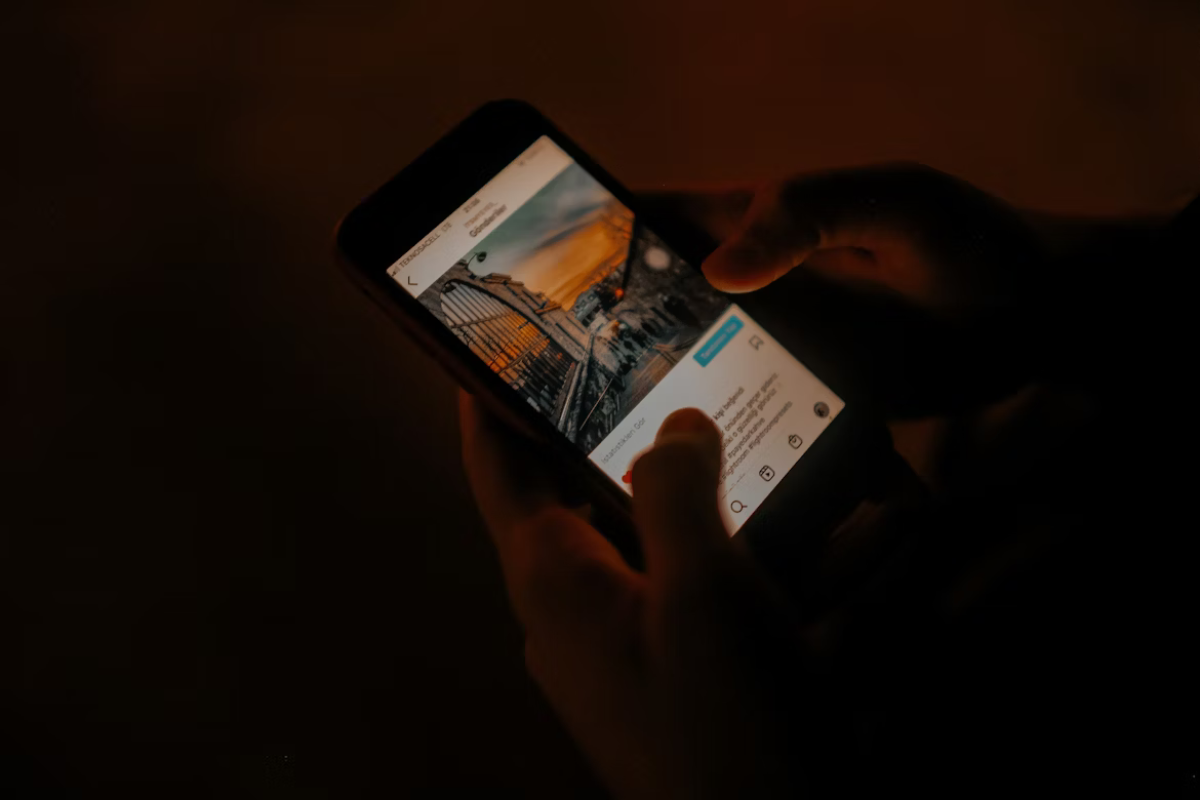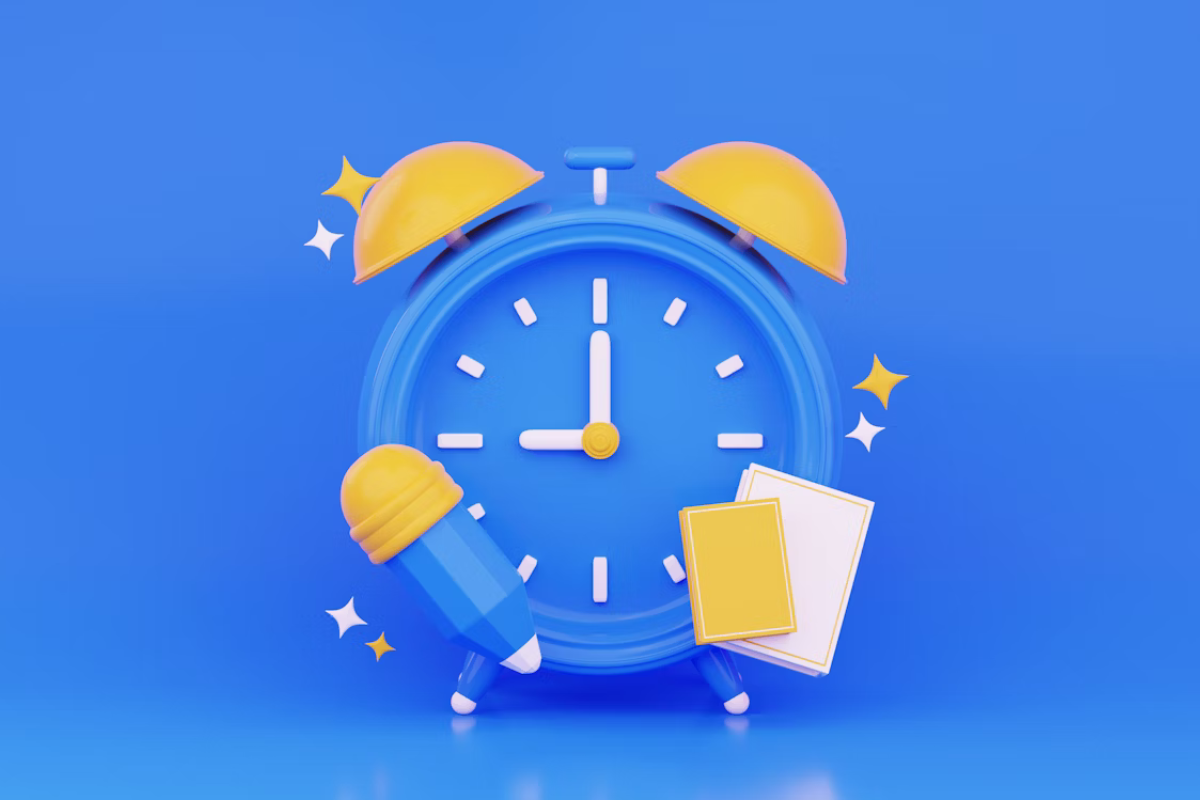Tired of Tossing & Turning?
Insomnia has quietly become one of the biggest health epidemics of our time. Whether you’re in bustling London or sleepless in New York, millions across the UK and USA are struggling to fall asleep, stay asleep, or wake up refreshed. But here’s the good news: in 2025, a new wave of sleep tech is transforming nights. With the best sleep tracker 2025, you can now reset your sleep cycle naturally without relying on pills using real-time insights and personalized insomnia solutions.
Step into the world of sleep technology from smart rings and soundscapes to AI-powered sleep apps and biofeedback trackers. More importantly, these tools don’t just report poor sleep patterns; instead, they actively help you improve them naturally.In this friendly, evidence-based guide, we’ll explore how sleep tech can help you beat insomnia in 2025 gently, effectively, and for good.
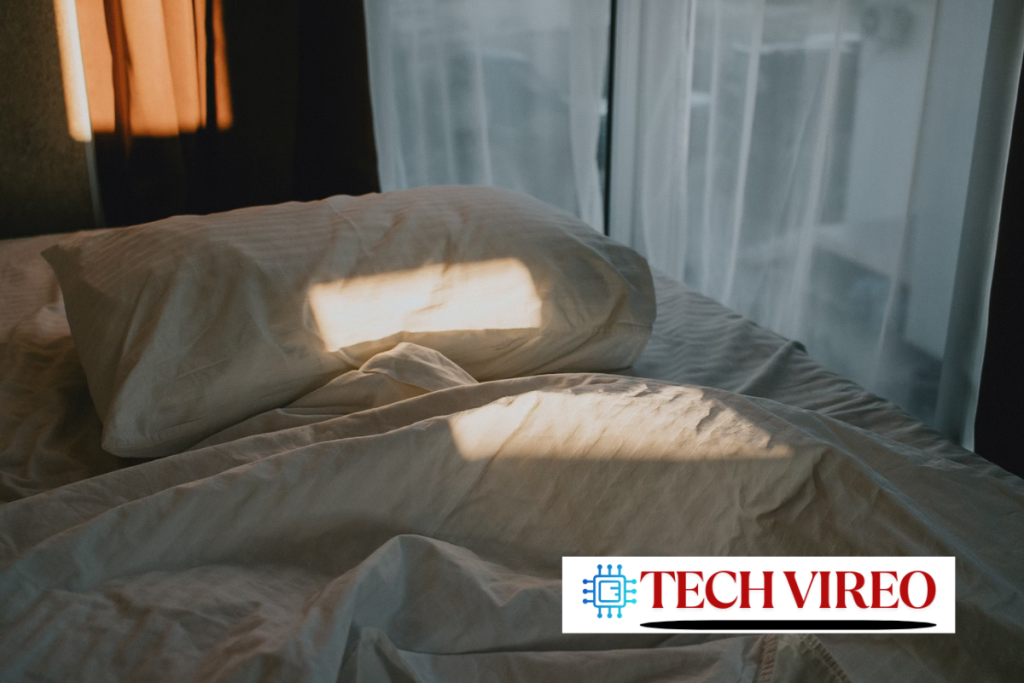
Why Insomnia Is Skyrocketing in 2025 (UK & USA)
- Over 1 in 3 adults in the UK and US report chronic sleep issues (NHS, CDC)
- Triggers include:
- Screen exposure
- Stress and anxiety
- Lack of sleep routine
- Blue light disrupting melatonin
Because of growing concerns about side effects, many are turning away from dependency on sleeping pills and toward natural insomnia treatments. By blending comfort, science, and behavioral insight, sleep tech perfectly fills this gap.
What Is Sleep Tech? And How Can It Help You Sleep Better?
The Rise of Smart Sleep Tools
Sleep tech refers to devices or apps that monitor, enhance, or regulate sleep. This includes:
- Wearable sleep trackers (e.g., Oura Ring, Fitbit)
- Smart sleep lights (e.g., Hatch Restore)
- Sound devices (e.g., Bose Sleepbuds)
- Sleep-focused CBT-I apps (e.g., Sleepio)
These tools provide real-time biofeedback, help adjust circadian rhythms, and personalize sleep hygiene without side effects.
Top Sleep Tech Tools to Beat Insomnia Naturally (2025 Edition)
Let’s break down the 6 most effective gadgets and apps to help you fall and stay asleep.
1. Oura Ring Gen 4
A discreet smart ring that tracks:
- Sleep stages (REM, Deep, Light)
- Heart rate variability (HRV)
- Body temperature and recovery
Best for biohackers, wellness seekers, and anyone wanting data-driven insights.
Affiliate link opportunity: Amazon UK | Oura.com USA
2. Hatch Restore 2 – Smart Sleep Light & Sound Machine
This bedside gadget combines:
- Sunrise simulation to wake you gently
- Soothing audio to relax your mind
- Personalised sleep routines
By enhancing melatonin production and breaking poor sleep habits, these tools are ideal for improving overall sleep quality.
3. Bose Sleepbuds III
Not your average earphones, they play pre-loaded noise-masking sounds specifically designed to effectively block:
- Snoring
- City noise
- Bedtime anxiety triggers
Pairs with the Bose Sleep app and is ideal for light sleepers.
4. Eight Sleep Pod 4 (Smart Mattress Cover)
Effectively regulates your body temperature throughout the night, making it great for:
- Night sweats
- Couples with different sleep needs
- Deep sleep optimization
Includes HRV tracking, sleep stages, and environmental controls.
5. Blue Light Blocking Glasses
Budget-friendly but powerful. These glasses:
- Reduce melatonin suppression
- Help your body transition naturally to sleep
- Best for screen-heavy users
6. Sleepio App (Digital CBT-I Program)
Endorsed by the NHS and available in the USA, this app uses:
- Cognitive behavioral therapy for insomnia (CBT-I)
- Personalized sleep improvement plans
- Long-term results with no medication
Free trial & lead-gen opportunity for therapists or sleep coaches
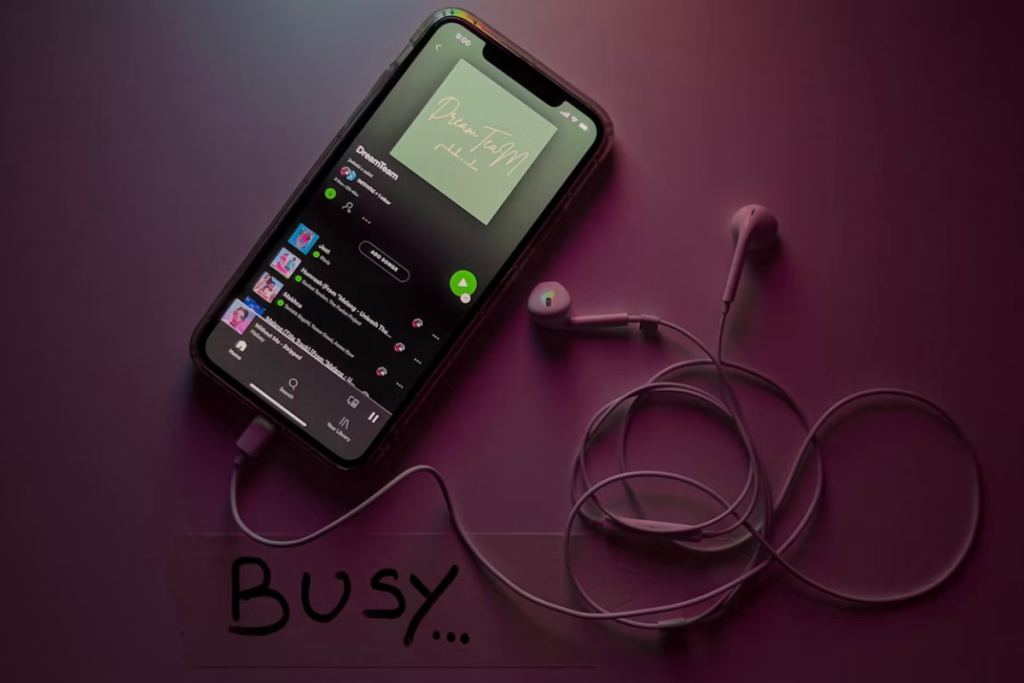
How to Build a Sleep Tech Night Routine (Step-by-Step)
Step 1 – Establish a Digital Curfew
Use blue light blockers, night shift modes, or app blockers 1–2 hours before bed.
Step 2 – Wind Down with Sound or Light
Use Hatch Restore for guided breathing or calming sounds.
Step 3 – Track, But Don’t Obsess
Instead of seeking perfection, use your Oura Ring or Fitbit to notice trends and track your progress over time.
Step 4 – Optimize Environment
- Keep bedroom cool
- Use white noise or Sleepbuds
- Make lighting consistent with circadian rhythm
Why Sleep Tech Beats Pills for Long-Term Insomnia Relief
- No side effects
- Targets root causes (stress, behavior, environment)
- Promotes self-awareness through data
- Supports sustainable sleep habits
Common Sleep Tech Myths Debunked
- Myth: “Tech is stimulating it’ll make insomnia worse.”
Reality: Screen-based tech is bad. But screenless devices (e.g., Oura, Sleepbuds) promote rest.
- Myth: “If I track my sleep, I’ll just stress more.”
But in reality, good trackers focus on trends, not judgment helping you improve without striving for perfection.
Real Sleep Success Stories (UK & US Testimonials)
“After using the Hatch + Oura combo, I went from 4 to 7 hours of sleep in 3 weeks.” Sarah, Manchester
“Sleepio replaced my sleeping pills. The CBT lessons worked way better!” James, Austin, TX
Moreover, use these success stories to connect emotionally with readers and validate product claims. In addition, they demonstrate how real users have successfully overcome insomnia using sleep tech solutions.
FAQs Using Sleep Tech to Cure Insomnia Naturally
Do I need to use sleep tech every night?
No, consistency helps but even 4–5 nights a week builds awareness and progress.
Which device is best for deep sleep issues?
The Eight Sleep Pod 4 or Oura Ring offers deep sleep optimization.
Can sleep tech replace therapy?
Tools like Sleepio offer CBT-based therapy and may replace in-person sessions for some users.
What if I can’t afford a smart mattress?
Start with blue light glasses and a free CBT-I app—small steps matter.
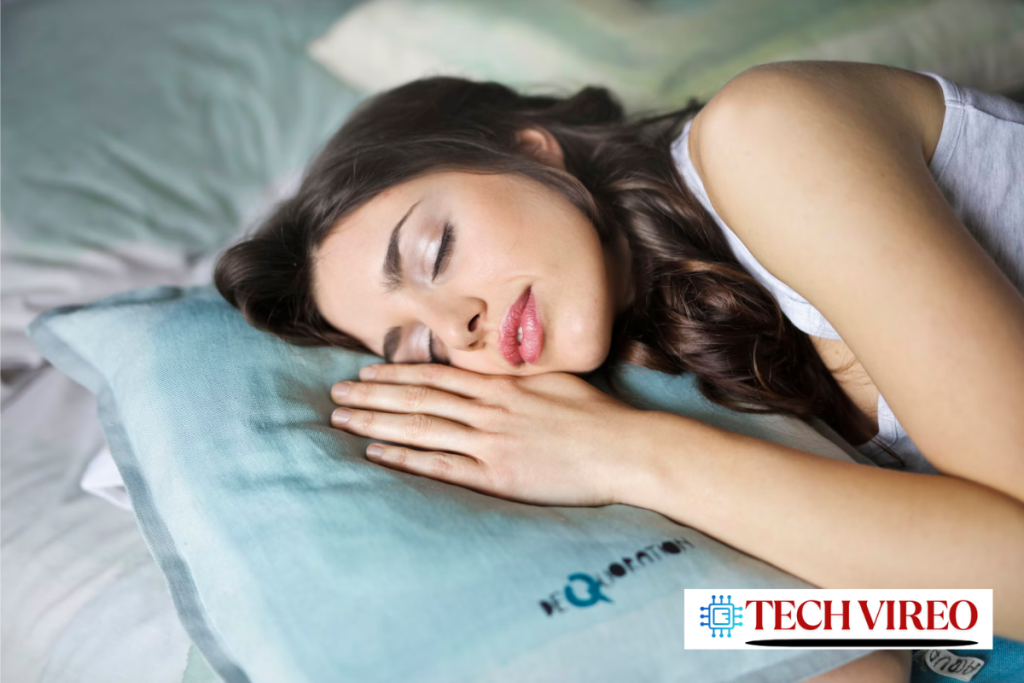
Final Call to Action: Start Sleeping Smarter Tonight
You don’t need pills to fix your sleep you just need the right tools.
So, try the Oura Ring or Hatch Restore today.
Better yet, download the FREE 7-Day Sleep Tech Routine Planner.
Or, if you’re curious, explore our full guide to natural insomnia recovery tools.
Start your journey to better, natural sleep because a well-rested you is a better you.

